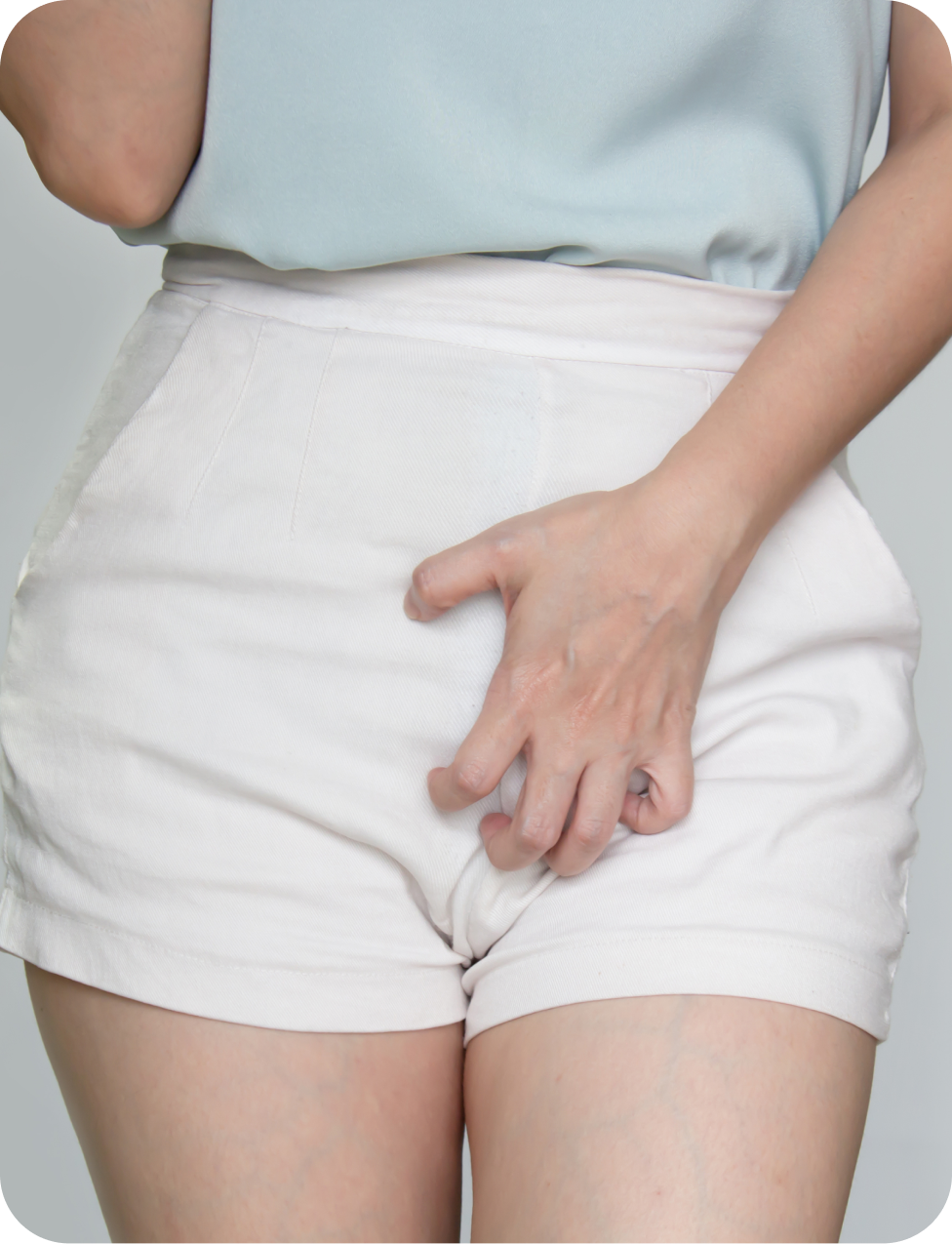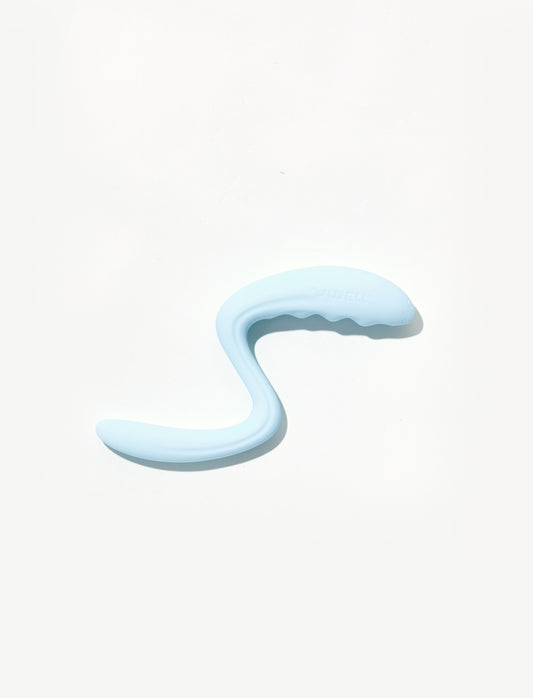Dealing with pelvic pain can be tough, affecting your daily life and overall well-being. While there are many reasons behind pelvic pain, from muscle tension to chronic conditions, finding effective ways to manage it is key. One common question is whether massage therapy can help. In this article, we’ll explore how massage can relieve pelvic pain, the best techniques, and how using tools like the pelvic wand massager can make a difference.
Table of Content
- What Is Pelvic Floor Massage?
- How Massage Therapy Can Help With Pelvic Pain
- Effective Massage Techniques for Pelvic Pain
- Pelvic Wand Massager: A Home Therapy Essential
- Best Tips for Using a Pelvic Wand
- Conclusion: A Holistic Approach to Managing Pain
What Is Pelvic Floor Massage?
Pelvic floor massage is a therapeutic massage focused on the muscles that support the pelvic organs. These muscles are crucial in controlling bladder and bowel functions and supporting sexual health. Pelvic pain can occur when these muscles become tight or overworked due to stress, injury, or other conditions.
Pelvic massage involves gently pressing and stretching the muscles in and around the pelvic area to release tension and increase blood flow. Professional therapists use their hands to apply steady pressure on specific muscles or trigger points, easing tightness and facilitating relaxation.
How Massage Therapy Can Help With Pelvic Pain
Pelvic floor massage can provide a variety of therapeutic benefits that go beyond basic pain relief. It is a holistic approach that addresses the physical and mental components of pain and discomfort in the pelvic area. Here’s a closer look at the main therapeutic effects:
1. Relief From Muscle Tension and Spasms
Chronic pelvic pain is often caused by muscle tension and spasms in the pelvic floor. Pelvic floor massage helps relax these overactive muscles, reducing tension and minimizing the frequency and severity of spasms. This improves comfort during daily activities, exercise, and even intimate moments.
2. Better Muscle Function and Coordination
By regularly practicing pelvic floor massage, the muscles in this area become more flexible and functional. This helps restore balance, allowing the muscles to better support the bladder, bowel, and reproductive organs. Enhanced coordination can also assist with posture and core stability, which in turn can help prevent pain from spreading to other areas such as the lower back or hips.
3. Improved Circulation and Healing
Massage boosts blood flow to the pelvic region, which is essential for muscle repair and reducing inflammation. Increased circulation delivers oxygen and nutrients to the tissues at a faster rate, speeding up the healing process and helping reduce soreness and stiffness.
4. Pain Reduction Through Trigger Point Release
Trigger points, or knots within the pelvic muscles, can refer pain to in other parts of the body, like the lower abdomen or back. Pelvic floor massage helps identify and release these trigger points, significantly lowering pain levels and boosting overall comfort.
5. Stress and Anxiety Reduction
The connection between physical and mental well-being is particularly strong when dealing with chronic pain. Pelvic floor massage promotes relaxation and reduces stress by calming the nervous system. Lower stress levels can lead to reduced muscle tension and a lower perception of pain. This makes massage a dual-action therapy that benefits both body and mind.
6. Improved Bladder and Bowel Control
Pelvic floor massage, when done as part of a broader pelvic health regimen, can help with bladder and bowel control. This is especially beneficial for those dealing with conditions such as incontinence or constipation. Relaxing tight muscles improves muscle coordination and can lead to better control over these bodily functions.
7. Enhanced Sexual Health
Tension or pain in the pelvic area can affect sexual health and intimacy. By boosting muscle flexibility and reducing pain, pelvic floor massage can enhance sexual function and comfort. This can contribute to a more positive and fulfilling intimate experience.
Effective Massage Techniques for Pelvic Pain
Not all massage methods work for pelvic pain. It’s important to use specific techniques, preferably under the guidance of a professional therapist, to ensure safe and effective results. Here are some techniques that work well:
1. Myofascial Release
This technique focuses on the connective tissue (fascia) that surrounds the muscles. Tension in the fascia can limit movement and cause pain. Myofascial release uses steady pressure and gentle stretching to release tightness, making you feel more flexible and reducing pain.
2. Trigger Point Therapy
Trigger points are tight areas within the muscles that can cause pain to spread. This therapy applies pressure to those specific spots, releasing their tension.
3. Abdominal Massage
If your pelvic pain is related to muscle issues or digestion, abdominal massage can help. Gentle, circular movements on the lower abdomen promote relaxation and maximize blood flow in the area.
4. Self-Massage
When professional help isn't available, self-massage is a good option. With your hands or tools like the pelvic wand, you can target specific areas where you feel discomfort. Self-massage is especially helpful for relieving muscle tension and addressing internal trigger points at your own pace. This technique works well as part of a home care routine and can be combined with other approaches for even better results.
Pelvic Wand Massager: A Home Therapy Essential
The pelvic wand is a helpful tool designed for those who want to practice self-massage at home. Its ergonomic shape ensures it can reach deeper muscles of the pelvic floor, providing targeted relief for tension and discomfort. For added versatility, the wand features vibration settings to further help relax muscles and increase circulation. It’s also waterproof, making it easy to clean and safe to use in the shower or bathtub.
Using the pelvic wand as part of your self-care routine can enhance the benefits of massage, helping you feel more in control of your pain management.
Best Tips for Using a Pelvic Wand
To use a pelvic wand safely and effectively, keep these tips in mind:
- Prepare Your Body: Warm up with gentle stretches and use a water-based lubricant for smoother use.
- Start Slowly: Apply light pressure at first, gradually increasing as your body gets comfortable. Focus on areas of tension and hold gentle pressure on trigger points for 1–2 minutes.
- Breathe and Relax: Take slow, deep breaths to help your body relax and make the massage more effective.
- Maintain Hygiene: Clean the wand thoroughly before and after each use.
- Seek Guidance: Consult a healthcare provider or physical therapist for personalized advice, especially if you have chronic or severe pain.
Pair massage with other therapies, such as stretching or yoga, to maximize its benefits.
Conclusion: A Holistic Approach to Managing Pain
Pelvic pain can be difficult to live with, but massage therapy, including the use of tools like the pelvic wand, can offer real relief. By easing muscle tension, improving blood flow, and targeting trigger points, massage can be a safe and non-invasive way to manage pain. Always consult with a healthcare provider to make sure your approach is right for you, helping you get the most out of your pain management plan.




